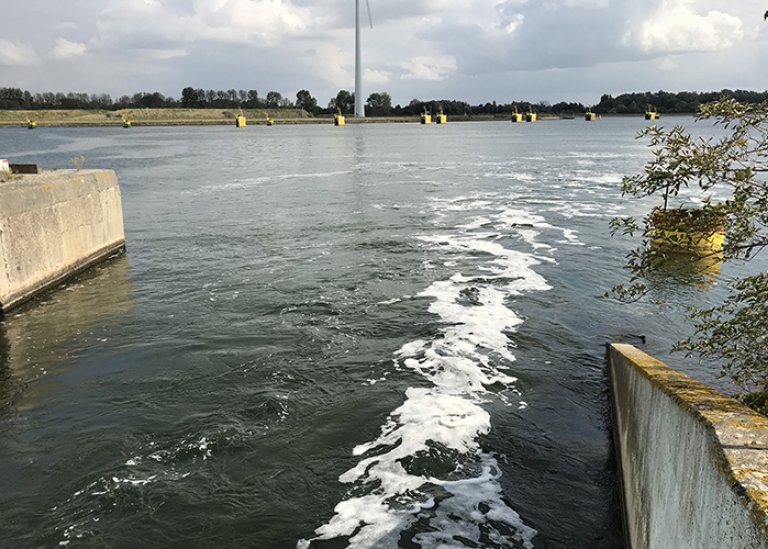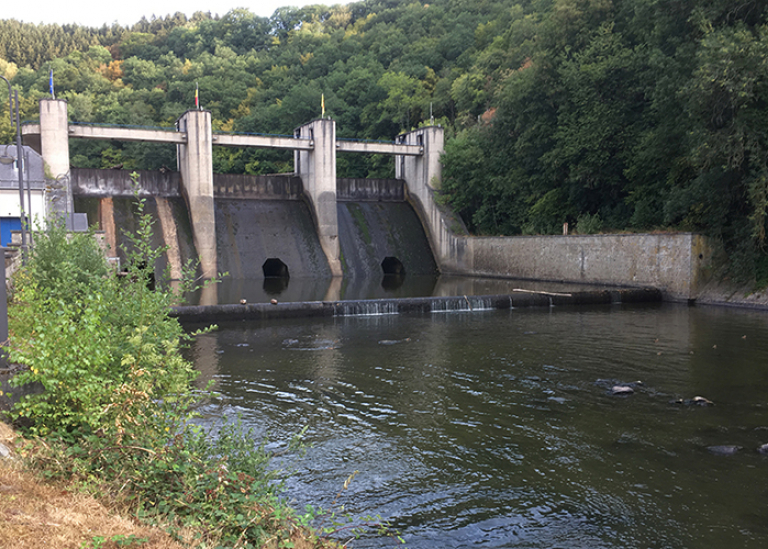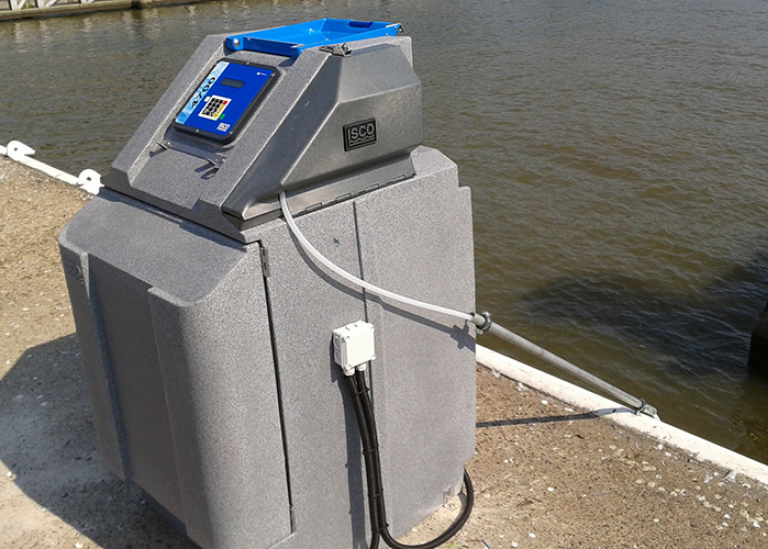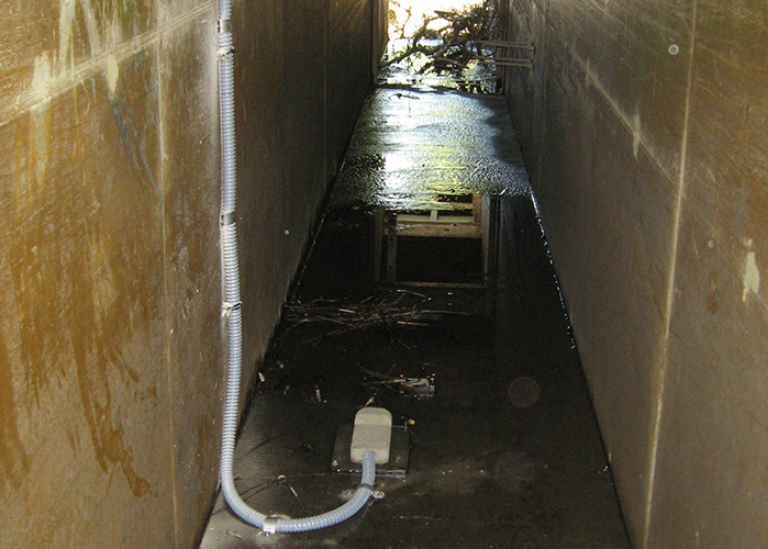Cooling and Process water

Industrial processes without water? It’s almost inconceivable! Every day, litres of water are used in the production of all kinds of products and substances.
Under the heading of process water, we bundle all the water used in a (chemical) process. This can be as a coolant, transport medium, flushing agent or as a liquid added to a process.
Cooling water is often surface or ground water that is used as a heat exchanger to cool process flows. At present, this water is recirculated and reused as much as possible, but the discharge of cooling water is unavoidable.
Do not simply discharge back into nature
Due to the fact that chemicals are often added to process water, for example to prevent algal growth and calcium deposits, it is important to monitor both the quality and flow rate at which they are discharged into the watercourses. Excessive amounts of water can cause a lot of damage. The water is heated and then cooled again, but it is important that it is not discharged at too high a temperature so as not to disrupt aquaculture. Also calcification, corrosion and contamination are things we regularly encounter in and through the cooling water.
Water quality
The water quality may be measured continuously in-situ or may be analysed by sampling in the lab. Most of our in-situ measurements are optical, supplemented by other physical or ion-selective measuring principles. The parameters we’re able to monitor here are:
- Temperature
- Dissolved oxygen
- Turbidity
- Conductivity
- Concentration or refractive index
- pH and ORP
- Colour
Flow rate
The flow rate in combination with the water quality of the sprayed water provides a good picture of its impact on the surface water. Apart from the water quality, measuring the flow rate is also an added value, as you can then make an accurate assessment of the water consumption. The discharge takes place into surface water in a fairly turbulent manner. Therefore it seems advisable to use either radar or laser for this. How these measuring principles work is described in our solution for flow measurements.
Ideal measurement for your cooling circuit
We’re happy to advise you on the optimal measurement for your application, both in terms of water quality and flow. So please don’t hesitate to contact us.
More information?



